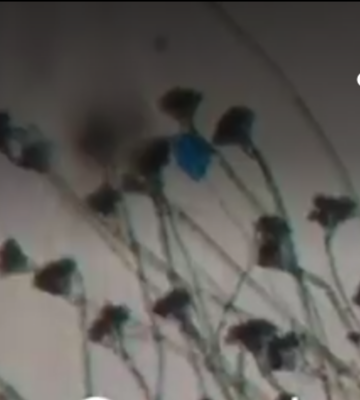Classification of Seeds

যে কোন ফসল উৎপাদন করতে গেলে বীজের প্রয়োজন হয় । বীজ থেকে চারা উৎপাদন করে চাষাবাদ করা সবচেয়ে সহজ ও সস্তা উপায়, তাই বীজের চাহিদা বেশি। উৎপাদন পদ্ধতি, উৎপাদকের পার্থক্য ইত্যাদির উপর ভিত্তি করে বীজ কয়েক প্রকারের হয়: (১) নিউক্লিয়াস বীজ ( Nucleus Seed ): এই প্রকারের বীজ মূল উৎপাদক তার কর্মস্থানে , অর্থাৎ তিনি যে রিসার্চ সেন্টার কাজ করেন বা যে কৃষি বিশ্ববিদ্যালয়ে রিসার্চ করেন সেখানেই প্লান্ট ব্রিডিঙ করিয়ে নতুন এক ভ্যারাইটির বীজ তৈরি করেন যা Distal parent বা Nucleus Seed. নামে পরিচয় পায়। (ক) এই প্রকারের বীজের জেনেটিক ও ফিজিক্যাল পিউরিটি ১০০% । (খ) এই প্রকারের বীজ বাজারে বিক্রি করা হয় না , তাই প্যাকেটে কোন ধরনের ট্যাগ লাগানো হয় না, তাই ট্যাগের সাইজ ও রঙের প্রশ্ন অবান্তর। (গ) এই বীজ থেকেই ব্রিডার সীড উৎপাদন করা হয়। (২) ব্রিডার সীড Breeder Seed: (ক) মূল উৎপাদক বা স্পন্সর্ড প্লান্টব্রি...





